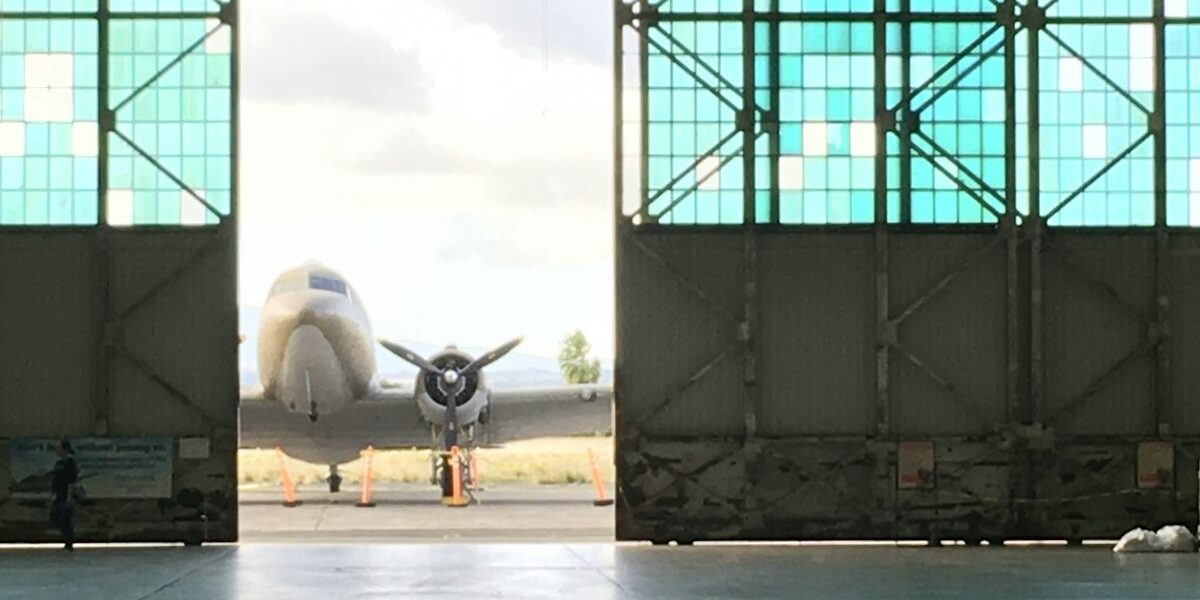How to Choose the Right Hangar for Your Plane
Choosing the right hangar for your plane is crucial. It directly affects the safety, longevity, and accessibility of your aircraft. Knowing what to look for can save time and avoid complications. Here are the key factors to consider.
Location

Start with location. Proximity to your home or business is essential. A nearby hangar can reduce travel time. Consider the weather patterns in the area. Avoid places prone to extreme weather. Check for the availability of fuel and maintenance services. A hangar close to these services is beneficial.
Size and Accessibility
Your aircraft’s size will dictate the required hangar size. Measure your plane’s wingspan, length, and height. Ensure the hangar door can accommodate these dimensions. Accessibility is important too. Look for easy taxiway access and ample space for maneuvering your aircraft in and out of the hangar.
Security
Aircraft security is paramount. Inspect the hangar’s security measures. Look for strong doors and locks. Check for surveillance cameras and fencing around the area. Consider the presence of security personnel. Your plane will be safer in a facility with tight security.
Construction and Materials
A hangar should be sturdy. Inspect the construction materials. Steel, aluminum, and composite materials are commonly used. Steel offers strength but can be heavy. Aluminum is lighter but still durable. Composite materials provide a balance of both. Ensure the hangar can withstand local weather conditions.
Climate Control
Climate control can preserve your aircraft. Temperature and humidity fluctuations can damage planes. A hangar with climate control features is ideal. Check for heating and cooling systems. Ensure they are functional and efficient. Look for dehumidifiers if the area has high humidity. Climate control will protect your investment.
Cost
Consider your budget. Hangar prices vary significantly based on size, location, and amenities. Create a budget beforehand. Compare hangar costs in your desired area. Look for hidden fees such as maintenance or association fees. Choose a hangar that fits your budget but doesn’t compromise on essential features.
Lease vs. Purchase
Decide whether to lease or purchase a hangar. Leasing may be cheaper in the short term. It offers flexibility if you do not plan to stay long. Purchasing a hangar is a long-term investment. It can increase in value over time. Weigh the pros and cons of each option based on your needs and financial situation.
Community and Networking
The community around the hangar is an often overlooked factor. A strong aviation community offers networking opportunities. It can provide support and shared resources. Attend local aviation events or visit the hangar to meet other owners. A supportive community can enhance your flying experience.
Regulations and Restrictions
Familiarize yourself with local regulations. Zoning laws and airport regulations can affect hangar usage. Ensure the hangar complies with these laws. Some areas may have restrictions on hangar size or type. Check for any environmental regulations that might apply. Ensure the hangar facility adheres to these standards.
Future Needs
Think about future needs. Your aircraft might change. You may acquire additional planes. Consider a hangar that can accommodate future needs. This prevents the hassle of relocating or upgrading later. Flexibility in your choice now can save time and money in the future.
Choosing the right hangar involves many factors. Each point above plays a role in making an informed decision. Take the time to evaluate each aspect carefully. Your aircraft’s safety and your peace of mind depend on it.
“`
Recommended Aviation Resources
Pilots Handbook of Aeronautical Knowledge – $25.42
Essential FAA handbook for every pilot.
Aircraft Owners Handbook of Maintenance
Keep your aircraft in top condition.
As an Amazon Associate, we earn from qualifying purchases.



